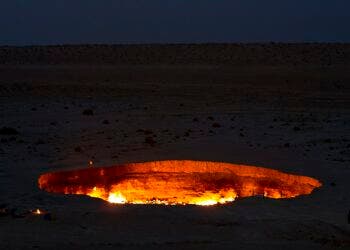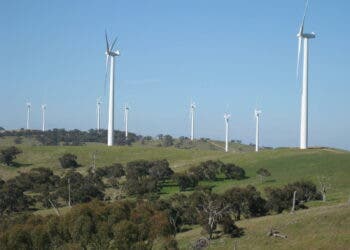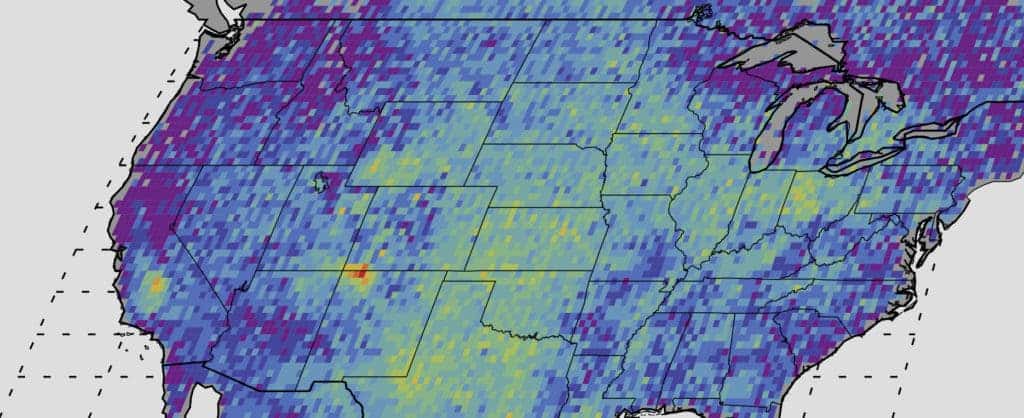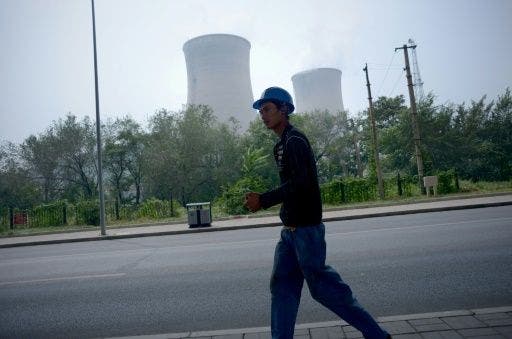Researchers have used satellite data to map massive leaks of the potent greenhouse gas methane, discovering that about a tenth of the emissions come from a group of ultra-emitter sites located in the US, Russia, and Turkmenistan. Methane is a powerful greenhouse gas that contributes significantly to climate change and that governments have agreed to significantly reduce by 2030 at the recent climate summit. Tackling these ultra-emitters could be a good start.
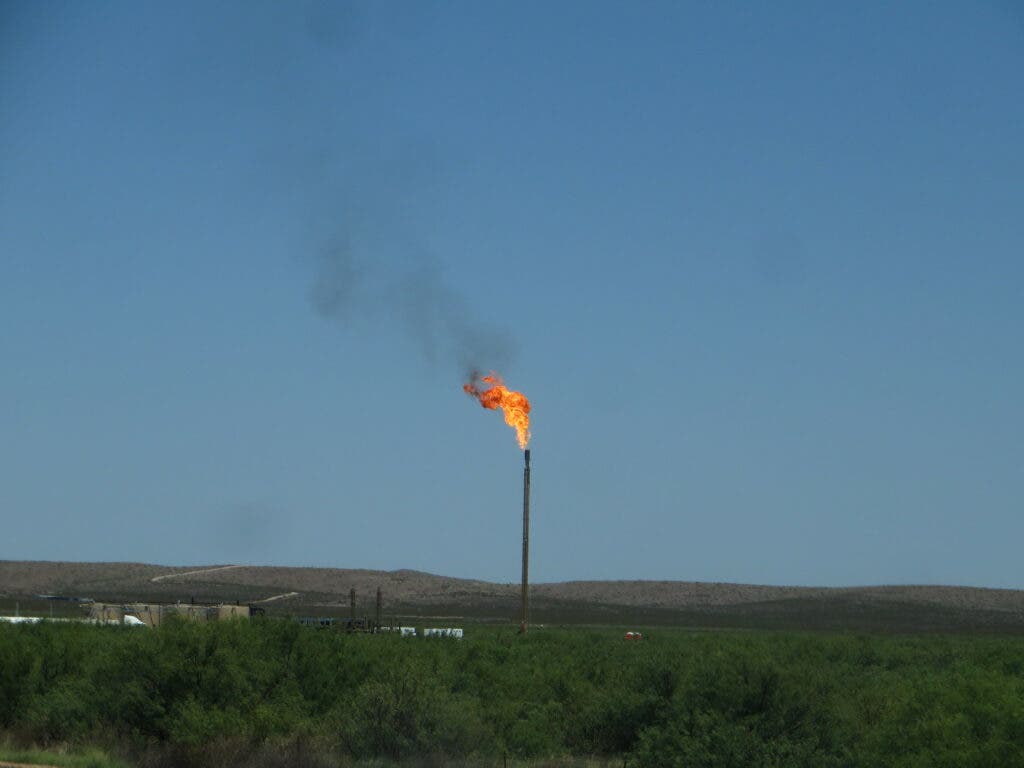
Methane leaks had been detected previously by satellites on an individual level, but not much was known about their extent globally. Now, a group of researchers have run through an algorithm a set of images captured by an instrument on a satellite, automatically detecting the largest methane leaks from oil and gas facilities globally.
The European Space Agency launched three years ago the TROPOspheric Monitoring Instrument (TROPOMI), which can measure methane every day in any 12-square-mile block. Using the instrument, the researchers counted over 1,800 large methane leaks globally during 2019 and 2020, usually releasing several tons of methane every hour.
“To our knowledge, this is the first worldwide study to estimate the amount of methane released into the atmosphere by maintenance operations and accidental releases,” Thomas Lauvaux, lead researcher, said in a statement. “Ultra-emitters explain in part the under-estimation in oil and gas reported emissions by countries.”
Lavaux and the team of researchers focused on the six top oil and gas producing countries, where methane leaks are frequent. The found that in total, these underreported releases contribute to about 10% of all methane emissions from these country’s fossil fuel operations. It’s a very large amount for a limited number of methane leak events.
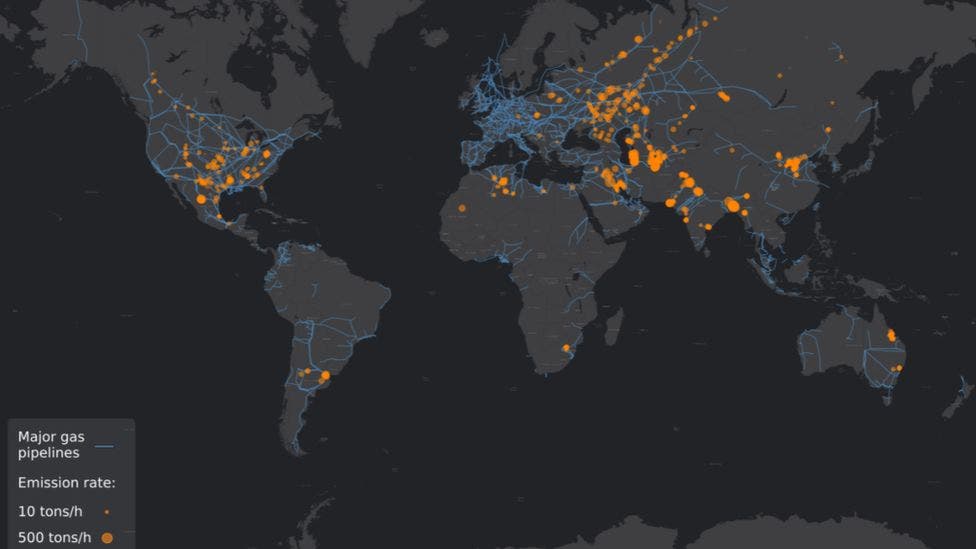
Turkmenistan was the leading ultra-emitter, releasing over a million tons of methane in 2019 and 2020. Russia came second, just under a million tons, followed by the US, Iran, Algeria and Kazakhstan. The researchers believe that the US count is lower because the Permian basin, a big oil and gas region, was excluding because of monitoring difficulties.
Based on their findings, the researchers went and asked gas companies about this, trying to get to the source of the leaks. While some were accidents, others were deliberate, as gas companies vent gas from pipelines before doing repairs. This could be avoided, the team explained, as there’s equipment that allows gas to be removed and captured before repairs.
Tackling methane emissions
For decades, the main focus to tackle climate change has been emissions of carbon dioxide (CO2) emitted by human activities. CO2 is the main driver of global warming, so this is reasonable. But there are other greenhouse gases out there that we should be concerned about, including methane, which is 80 times more potent than CO2 but far more short-lived.
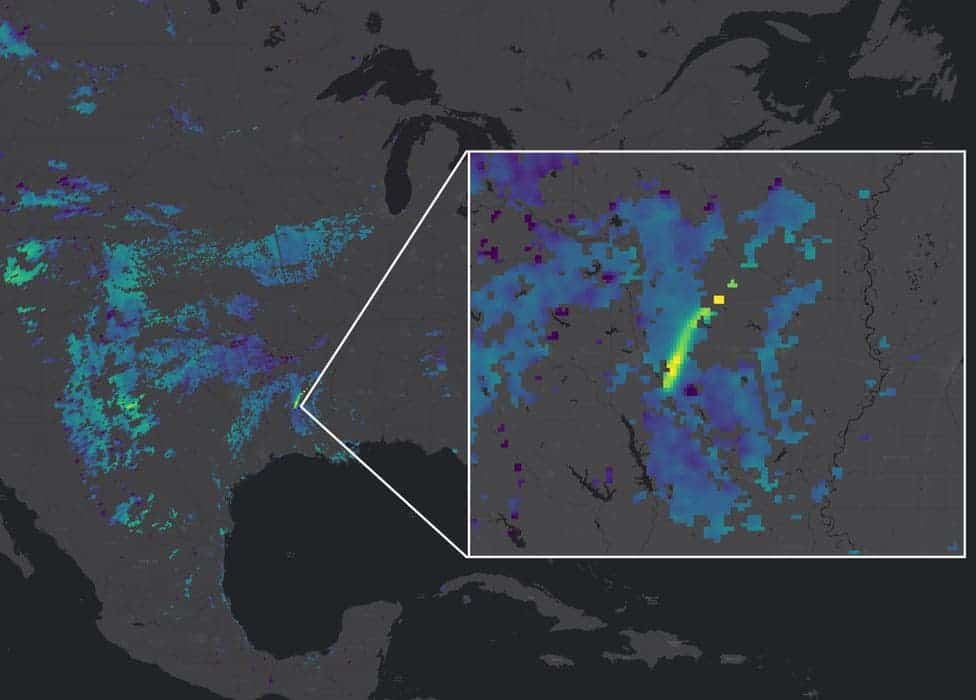
Methane is the main component of natural gas and is also part of many ecosystems. It can be released into the atmosphere in many ways, such as rotting vegetation and cows’ digestion — fossil fuel is also one of the main sources of methane emissions. While it’s not a new problem, what has changed in recent years is the amount of methane being released – described recently by climate experts as insanely high.
Lavaux and the team of researchers argued that the ultra-emitting countries are releasing so much methane that it could be sold, making it a cost-effective solution. For the worst six countries, tackling the leaks would cost up to $300 less per ton than it would cost to reduce methane from fossil fuels in those countries. Russia would save six billion, for example.
In terms of environmental savings, the researchers estimate that putting an end to the methane leaks would prevent between 0.005 degrees Celsius and 0.002 degrees Celsius of warming. It may not sound like a lot, but it actually is. That is the equivalent of removing all the emissions from Australia since 2005 or the emissions from 20 million cars.
The study was published in the journal Science.
